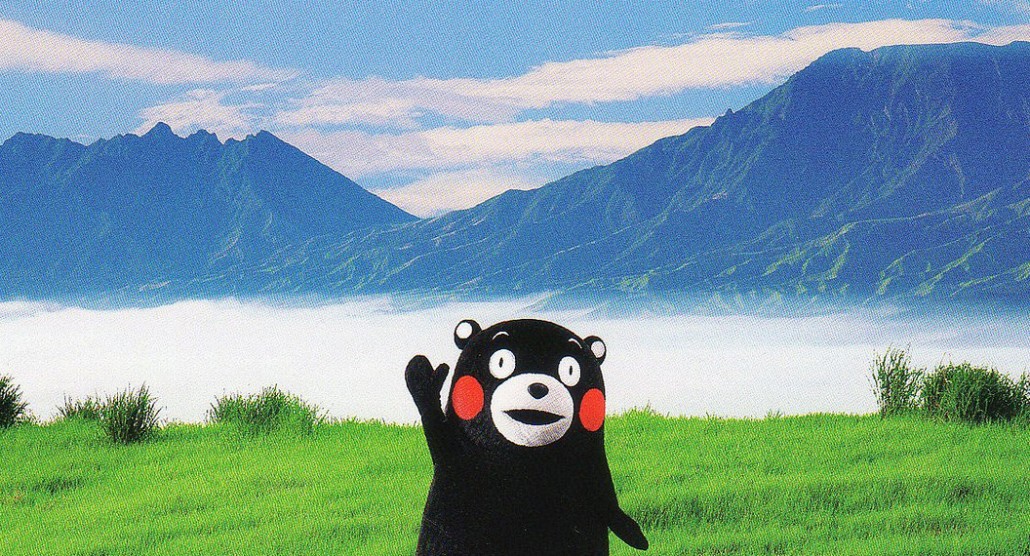Brands are becoming increasingly more fragile, disappearing and being replaced at an accelerated rate. Meanwhile, entire industries are being redefined by new methods.
To survive in this environment, brands must continue to evolve and reinvent. No company can survive in the long term if it doesn’t adapt. But when? When is the right time to switch strategies? Find a new target? Change the product? Or the campaign?
On one hand, we have cases like Kodak, Blockbuster, RadioShack and BlackBerry, which continue to multiply, as well as other traditional players that are watching their industries being “Uber-ized”. On the other hand, the risk of overreacting and proposing a solution for a problem that doesn’t exist is high. It’s been 30 years since the New Coke debacle and that example is still being taught as the biggest mistake a brand manager could make. So how can you determine when a change is necessary?
Some signs don’t lie
First, since consumer needs change, your company must also change. Brands rarely grow by selling more to the same people. They grow by selling to more people. When your most loyal customers stop buying and it’s hard to compensate for that loss, questions about the relevance of your products will naturally be raised. Consider this the first sign.
Second, since sources of revenue are changing, reinvention is inevitable. Think Netflix, which switched from DVDs to streaming, or game development companies, which transitioned from selling game consoles to marketing characters. Think also of musicians, who, stymied by the loss of distribution revenues, learned to monetize their YouTube content and sell more concert tickets. When money is no longer flowing from the usual source… That’s a second major sign.
Lastly, if your company’s added value begins to erode, then it’s time to worry. When Google Maps became the default app for smartphones, the original GPS companies saw a huge dip in numbers. Many of them didn’t know how to react and looped into the same panicked signals being sent by MapQuest and Yahoo! Maps. When your competition can offer the same experience for a fraction of the cost, that’s the third sign that change is needed.
Keep your eyes open
An industry will rarely be upended by the arrival of one new player. After all, the majority of start-ups fail. Many promising new technologies never achieve profitability before the patience of VC investors runs out. But neither does this mean that any industry is safe from being toppled. Thinking that a business model is solid because the first x disruptors failed is like standing in a firing line and believing that you’re safe because the first rounds missed you. When Napster was shut down, the album industry breathed a sigh of relief, but it didn’t rethink its shaky and obviously out-dated business model. By enabling music fans to buy individual songs for a nominal fee paid over the Internet, it was iTunes that successfully (and legally) revolutionized the music industry.
Opportunity cost: the big compromise
One of the biggest factors that limits a brand’s reactivity and its ability to go with a new flow is perception of risk. The fear of what could be lost is greater than the desire to gain. That’s why change is harder for those who have more to lose. And for those leaders who don’t yet see the problem.
As a brand manager, you must be aware of signs arising from changes in the industry. You must understand that maintaining the status quo is also risky and that success isn’t a reason to stop pushing forward. The sad truth is, we too often start drafting an emergency plan long after the fire was set.


